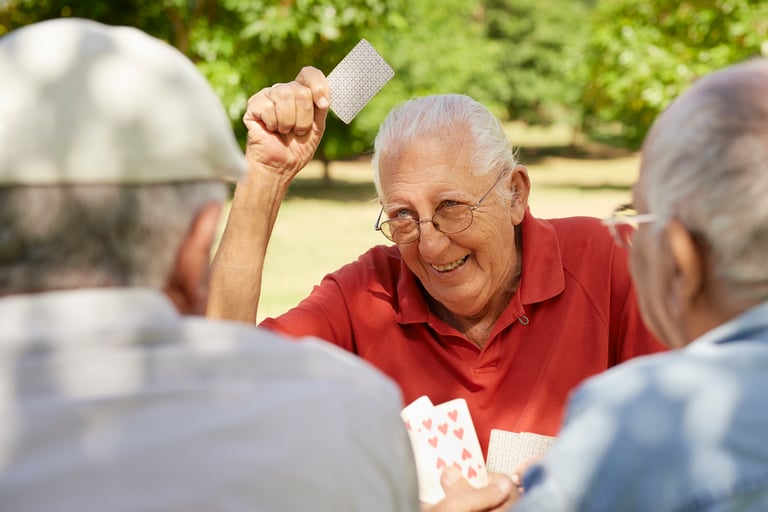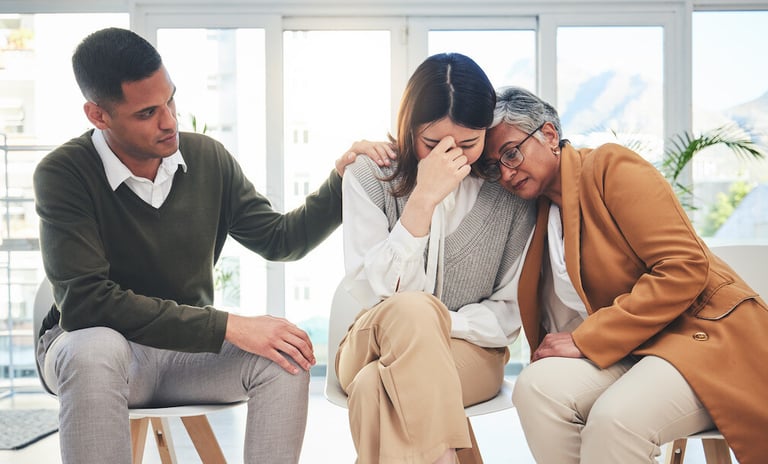As anyone who has watched a loved one age knows, there comes a point in time when the sustainability of living alone begins to become a real concern. Small signs can start to add up prompting you to wonder if your loved one is safe in their own home, especially if they are living alone. One way to measure the level of care a person needs is through charting ADLs, which are Activities of Daily Living. This concept was developed by Doctor Sidney Katz in the 1960s, and it helps professionals understand how well an individual can complete routines and basic activities that contribute to daily life. Katz broke these routines down into six main categories:
- Bathing
- Dressing
- Toileting (going to the bathroom)
- Transferring (the ability to get in and out of bed)
- Continence (control of bowels)
- Feeding
Each category has equal value of importance in Katz’s chart. The number (1) is assigned if you can complete the task, or (0) if you can’t. Once the assessment is complete, you add up the numbers and the higher the score, the more able a person is to live independently. For example, if the score is five out of six on the model, this person has a relatively easy time completing basic functions of life. But if they score a one or two out of six, they are likely needing a lot of care and attentiveness, one that is more hands-on.
There are other types of activities you can use to get a deeper understanding of the type of care your loved one might need, including:
- Paying the bills
- Cleaning the house
- Cooking food
- Driving
- Socializing
- Personal hygiene
These activities can be tracked simply by visiting your loved one and asking them questions, making visibility checks for:
- Are there piles of unpaid bills
- What is the state of cleanliness of their home
- Ask how often they eat out or order home-delivery meals
- Go on a drive with them and observe their driving skills
- Find out how often they leave the home and socialize with friends or other family
- A simple hug can also reveal their personal hygiene and frailty - weight gain or loss
Aside from the help with medical conditions, physical challenges and the safety of living in their own home, senior isolation is a growing problem. More than 11 million seniors live alone, according to the U.S. Census, and isolation can affect seniors’ overall health. Something we hear time and again from the residents who have decided to make the move into community living, is how much socializing they enjoy.
If any of these issues are on your mind or you’ve seen your loved one struggling in similar ways, we encourage you to start thinking about alternate living arrangements, both for their safety and quality of life, and your peace of mind.

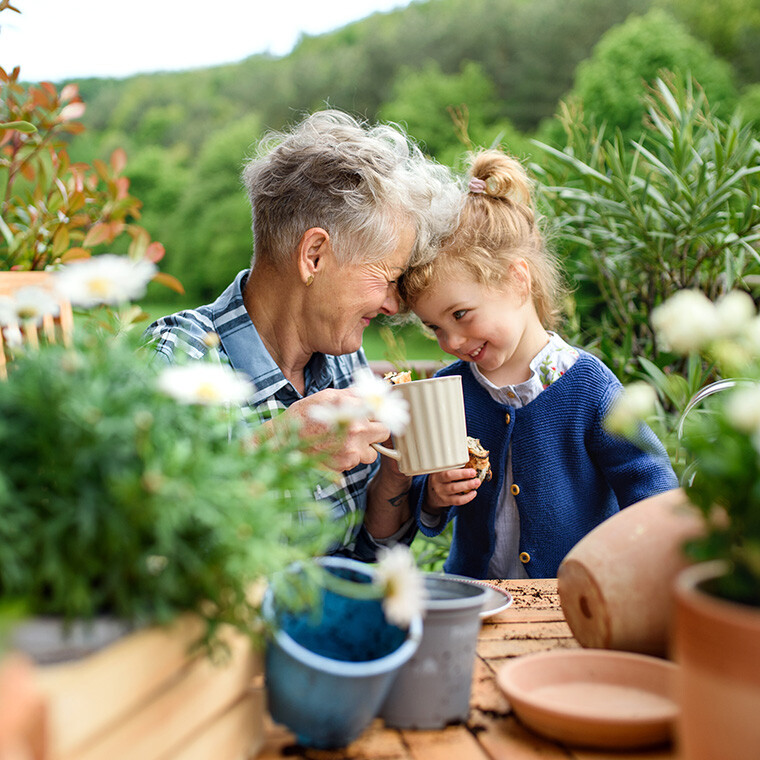




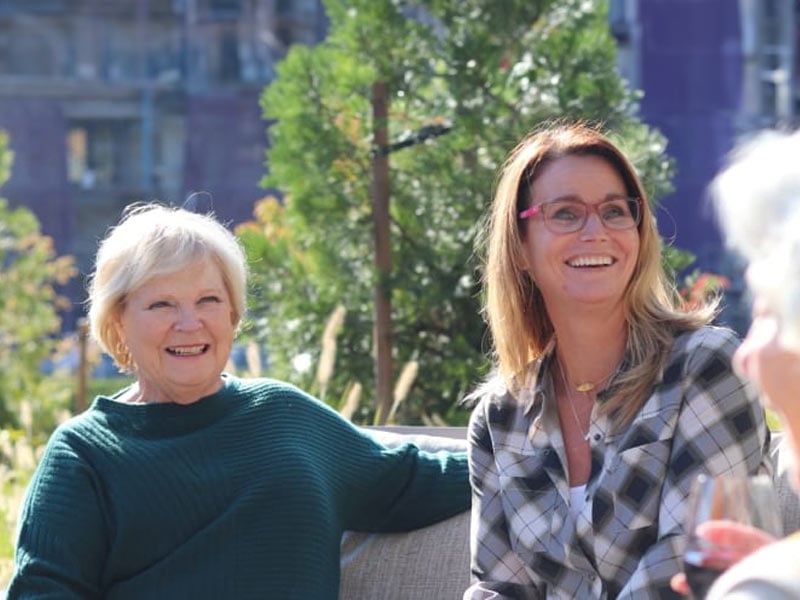


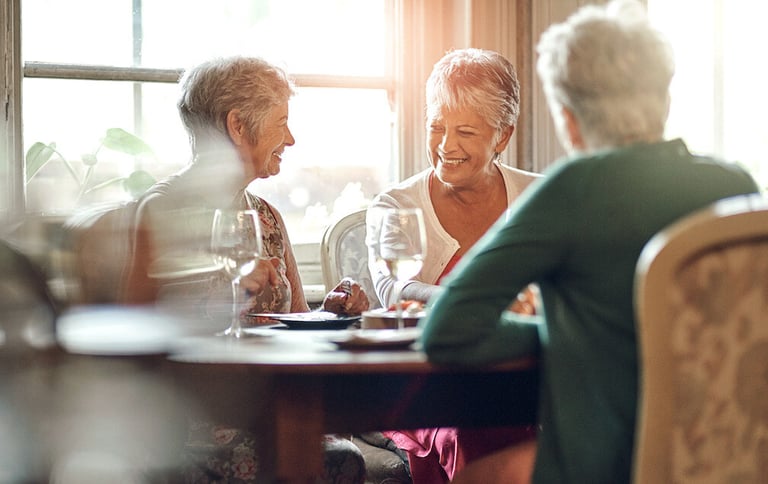
.jpg?width=768&height=512&length=768&name=i-like-you-sweet-cheerful-senior-couple-having-da-2024-04-23-18-19-49-utc%20(1).jpg)
